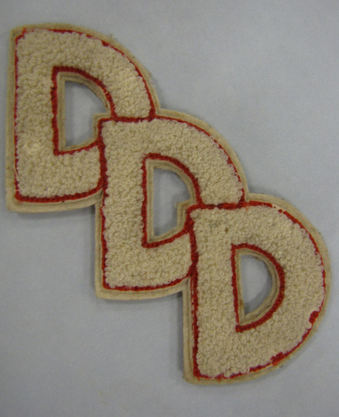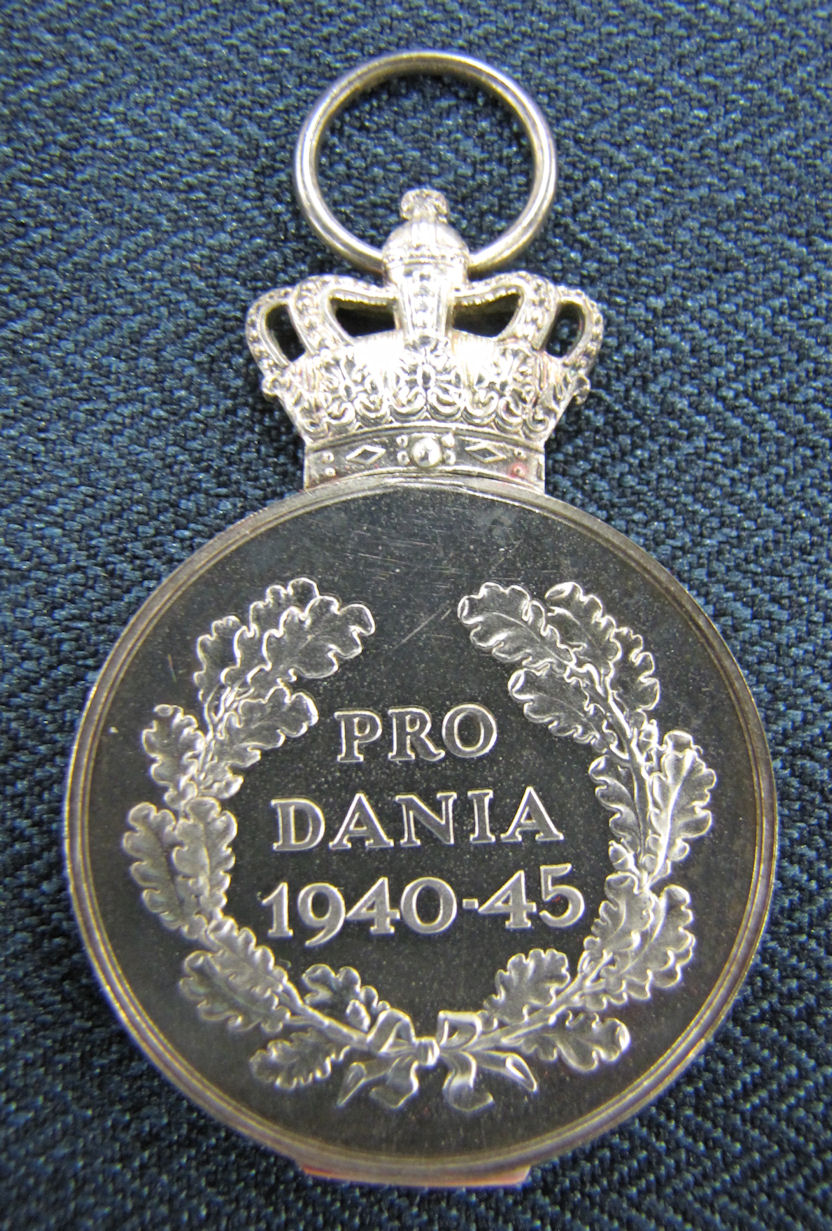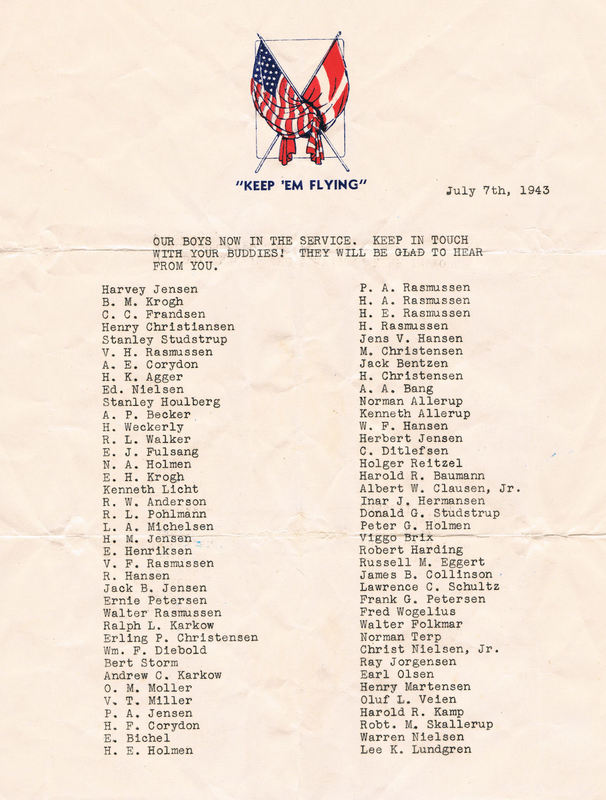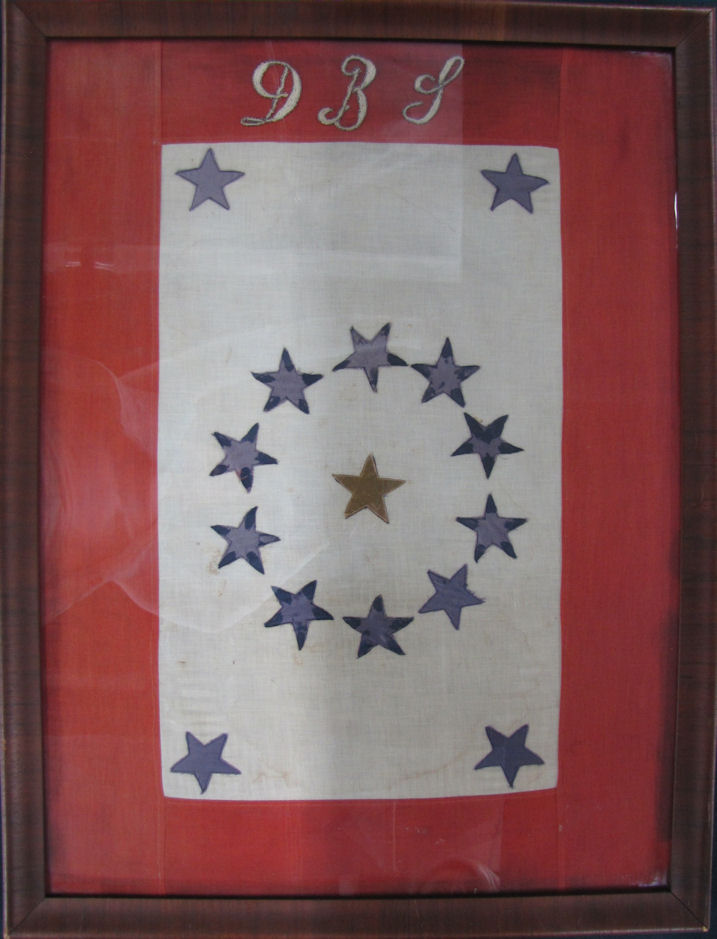Timeline 1940-1945
The German occupation of Denmark on April 9, 1940, elicits strong feelings among Danish-Americans living in the United States. Sadness and anger are mixed with concern for the safety and comfort of relatives living in Denmark. The Danish-American communities quickly organize to raise funds to support Danes in Denmark and around the world and to make sure that Denmark is acknowledged as an occupied country and not perceived as a willing protectorate of Germany following an initially relatively uneventful occupation. The Danish Ambassador to the United States, Henrik Kauffmann, declares that he and many others will work for a free and independent Denmark. As America enters the war in December 1941, Denmark and America’s fight and victory become intertwined and Danish-Americans serve alongside Americans in the military forces. From 1943, Denmark’s resistance to the German forces becomes more active and Danish-Americans engage in many activities to support Denmark, Danes and the allied nations.
Sources:
Axel Sporon-Fiedler, Den danske bevægelse i de forenede stater i besættelsesårene: en kort redegørelse af Axel Sporon-Fiedler [The Danish movement in the United States during the years of the occupation: A brief account of Axel Sponron-Fiedler] ([Publisher unknown], 1947).
Caspar H. W. Hasselriis, Danmark i USA under Besættelsen [Denmark in the USA during the Occupation] (Copenhagen, DK: Forlaget Sixtus, 1978).
Jean Hersholt, National America Denmark Association and America Denmark Relief, Inc: A Report Covering the Period from June 18, 1943 to December 3, 1945. (California, 1948).
Axel Sporon-Fiedler, Den danske bevægelse i de forenede stater i besættelsesårene: en kort redegørelse af Axel Sporon-Fiedler [The Danish movement in the United States during the years of the occupation: A brief account of Axel Sponron-Fiedler] ([Publisher unknown], 1947).
Caspar H. W. Hasselriis, Danmark i USA under Besættelsen [Denmark in the USA during the Occupation] (Copenhagen, DK: Forlaget Sixtus, 1978).
Jean Hersholt, National America Denmark Association and America Denmark Relief, Inc: A Report Covering the Period from June 18, 1943 to December 3, 1945. (California, 1948).



